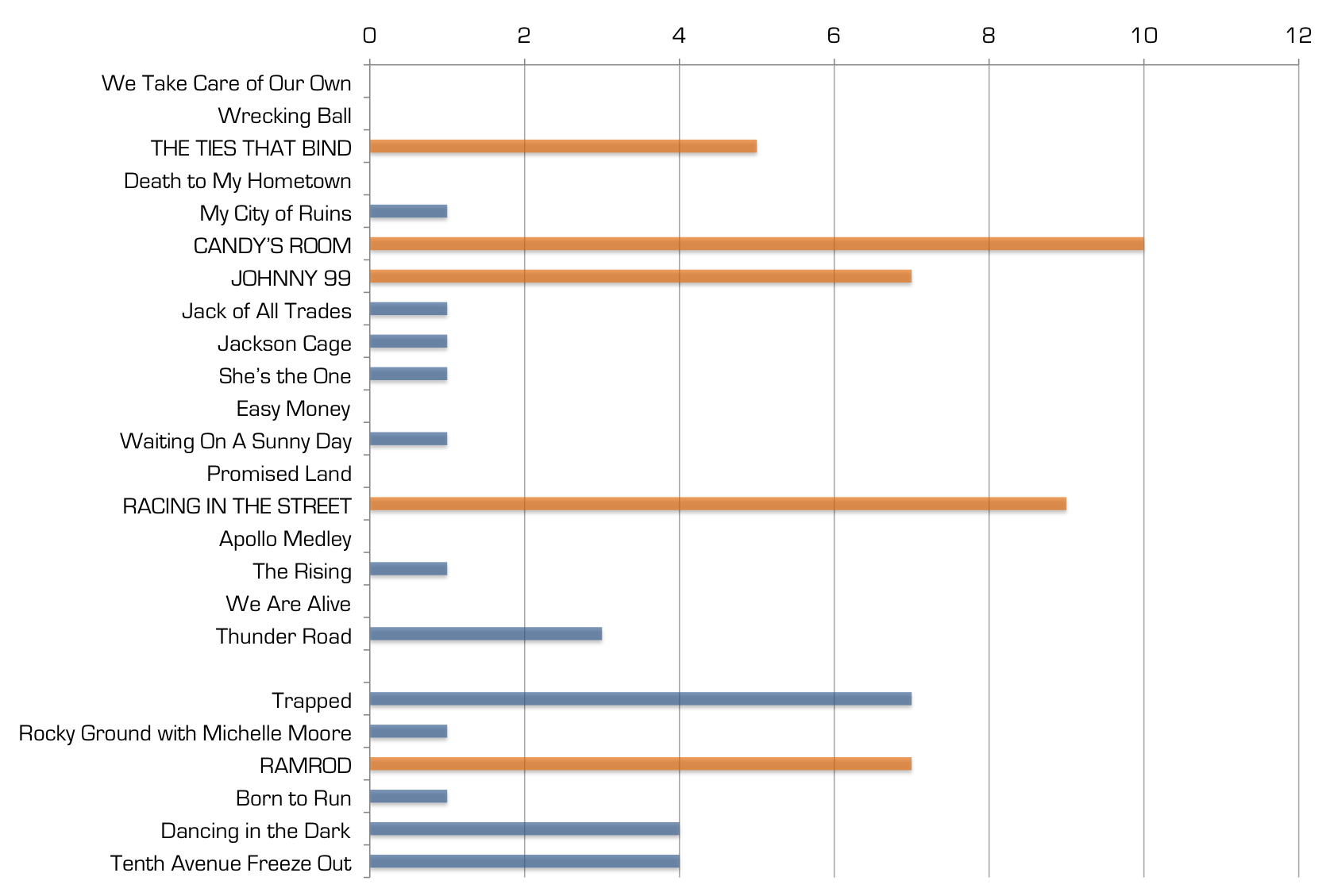

Tweets that showed Intertextual traces were those "that overtly or unconsciously had its full meaning in the understanding of a larger context." My use of intertextual is borrowed from James Porter's (1986) discussion in "Intertextuality and the Discourse Community" and Charles Bazerman's (2003) "Intertextuality: How Texts Rely on Other Texts." Porter's piece is informed by work on intertextuality by the post-structuralists' reading that all text is intertext. That is, all writing exhibits and borrows from other texts. For my purposes, I am looking first to Porter's (1986) definition that intertextuality is "the bits and pieces of Text which writers or speakers borrow and sew together to create new discourse" (p. 34). Second, and perhaps more importantly, I am looking to Porter's (1986) description of the social life of intertextual discourse: "By identifying and stressing the intertextual nature of discourse . . . we shift our attention away from the writer as individual and focus more on the sources and social contexts from which the writer's discourse arises. According to this view, authorial intention is less significant than social context; the writer is simply a part of a discourse tradition, a member of a team, and a participant in a community of discourse that creates its own collective meaning" (pp. 34–35). One cannot remove discourse from the community in which the author operates. As such, intertexts teach us less about the author than the author's discourse community.
Porter (1986) broke down intertextuality into two instances: iterability (repeating fragments of text) and presupposition (presumptions a text makes about its context and readers) (p. 35). Bazerman (2003) broke intertextuality down even further into five instances, with the most relevant for our purposes being "using certain implicitly recognizable kinds of language, phrasing, and genres, [which] evokes particular social worlds where such language and language forms are used, usually to identify that text as part of those worlds" (p. 87).
Each of the tweets coded as Intertextual have their full meaning within a larger understanding of a lineage of the Springsteen fan discourse community, including, but not limited to, the discourses used to discuss Springsteen-related activity as well as archival documents such as set lists, the number of times a song has been performed, and concert histories. Set list knowledge is a complex system that includes databases, spreadsheets, and dedication—and fans spend a significant amount of time discussing what distinguishes a good set list from an epic set list, how the songs and the themes within them must flow naturally from one to the next. Many (including Springsteen) see set lists as the spine of the story that will be told that particular evening. Each night is slightly different because Springsteen is consistently revising in an effort to best tell the story he is hoping to tell. The more the tour premieres, the more the set list means to the fans in the audience and the more the fans yearn to be in the audience.
For example, Springsteen played 24 songs during the April 4, 2012 concert at the Izod Center, including five tour premieres: "The Ties that Bind," "Candy's Room," "Johnny 99," "Racing in the Street," and "Ramrod." Below is a bar graph of all song titles mentioned in the corpus:

The songs tweeted more than once tended to be tour premieres ("Trapped," though not a premiere, is a huge fan favorite). That these were tweeted so often suggests the authors were aware of their discourse community, presumed the discourse community would understand the significance of their tweets, and used language familiar to the community to help their messages get across. Consider the following tweets:
Example Corpus Tweet
Tonight's @springsteen setlist is stunning. Boy did I pick the wrong night to go. Gonna cry now
Example Corpus Tweet
THE TIES THAT BIND. Hell yes. #Springsteen #meadowlands
Example Corpus Tweet
Springsteen played Johnny 99. All is well
Coding a Tweet
Example Corpus Tweet
Ties That Bind! Jackson Cage! Johnny 99! Racing in the Street! Trapped! Thanks, @Springsteen & E St Band for scorching show. See ya Friday!
Track 7: Integrating
Track 8: Mediating